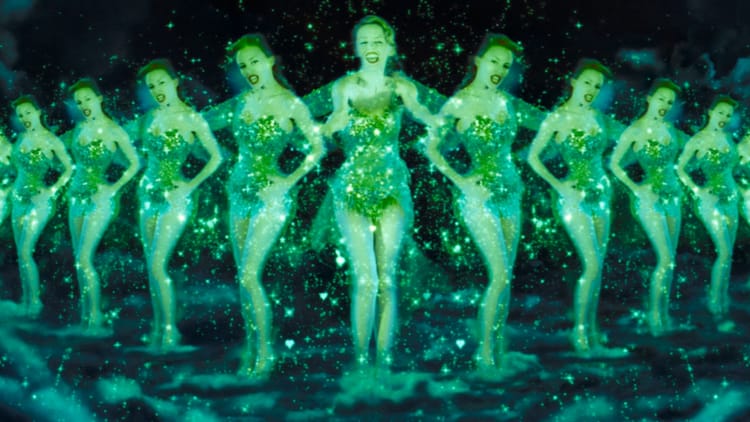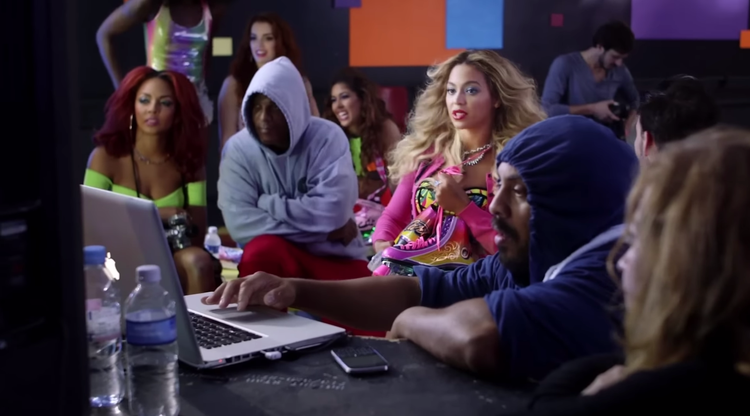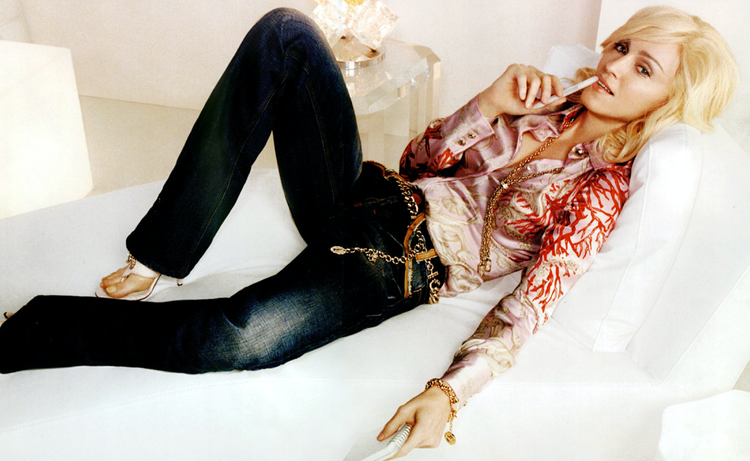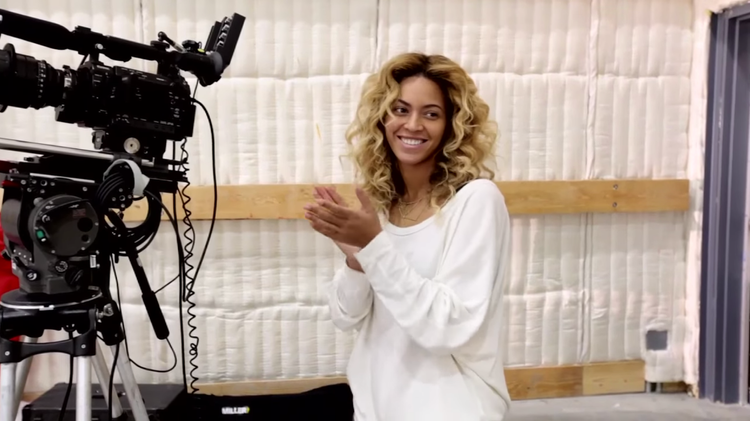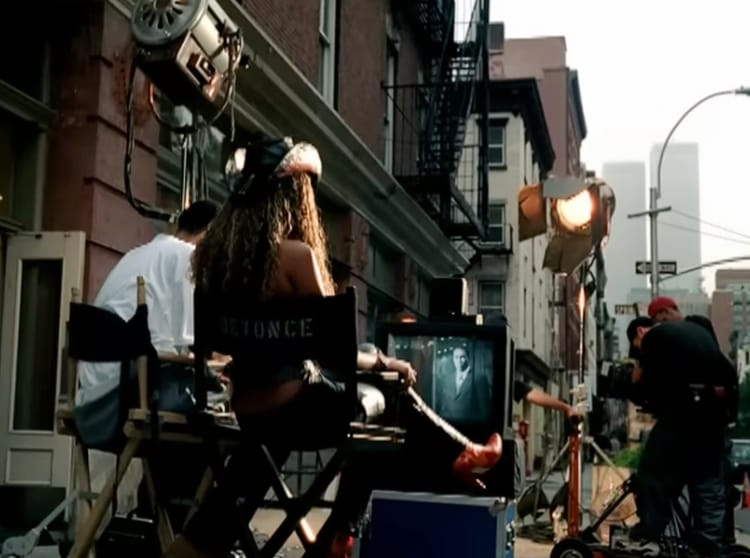Notes On/From My Night Class Dated March 1, 2017
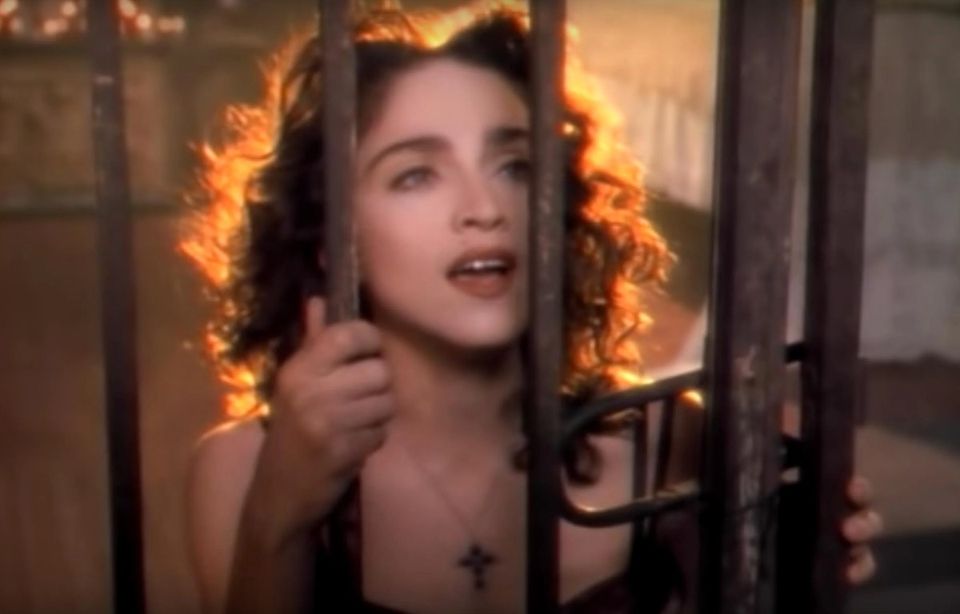
I love writing—even when it’s hard, as I wrote in my AMA instalment a little while ago—but I’ve admittedly had a difficult time pushing through these last few weeks, creatively. I don’t think that there’s a single culprit behind that; it feels like a more general pandemic-related emotional exhaustion. I’ve been pretty good on that front for much of the year because my thesis served as a distraction/useful inconvenience (“I’m supposed to be inside all the time right now anyway”). But now that my program’s over, and I’m freelancing, and it gets dark before I’ve finished digesting my lunch (not that I really digest things), and my province has backslid in a shameful way in terms of flattening the curve, and I recently re-watched the Jim Carrey version of A Christmas Carol (2009), I’ve been feeling a bit wistful. I have several essays at various stages of completion, and fully plan on getting them to you—I’m actually pretty excited about them—I’ve just found writing a bit like pulling teeth lately.
Anyway, I’ve been looking for a bit of a creative reset, and think that I’ve actually found one in the form of a prompt on Twitter. About a week ago, novelist/essayist/editor Patrick Nathan asked his followers, “What is the classic assigned in school that turned you into a writer?” He clearly meant classic in the “works of literature” sense, as the responses (Frankenstein, Mrs. Dalloway, The Catcher in the Rye, etc.) confirm, but the shitposter in me immediately kicked in. I responded with Madonna’s Like a Prayer (1989) video, since that’s true, then followed it up with:
I want to write a bit about that day here; I’d kind of forgotten it and think doing so might be the palate cleanser I need. When people ask me what got me into writing about music videos, I almost always cite Lemonade (2016) being released as the moment when a lot changed for me—personally, academically, professionally. As I’ve mentioned in this newsletter before, it was the first time that one of my film professors dared utter the name Beyoncé in class. By that point, I’d already spent a few years under her spell, and in a way that I mostly kept to myself, so it was like a weird merging of my two worlds. I was also fascinated by how people struggled to classify it. How could it be a music video if it was nominated for an Emmy? How could it be a film if it was a bunch of music videos strung together? How could it be a television program if it appeared on film critics’ best-of lists at the end of 2016? A smarter sounding version of this paragraph was essentially my grad school application. I’d been covering arts stuff for my campus paper for half a year when Lemonade came out, so I’d technically already started writing before then, but it very much helped me realize which arts things I actually wanted to hone in on. And then it wouldn’t be until late 2018 that I wrote something resembling the “deep dive on a single video” essays that I’ve spent the last year or so putting out, and which I’m arguably known for.
But, as the prompt reminded me, Lemonade was actually only half of it. On March 1, 2017, so during the last few weeks of my undergrad (and several weeks before Lemonade’s first birthday), one of my professors turned a night class (6:30-9:30pm) into a sort of crash course in MTV. I know that date because my Google Drive has apparently been holding onto my notes from the course this entire time.
This professor was known for giving thoughtful, compelling lectures despite never having any notes or visual aids with him; it used to bother some of my classmates, but I personally found it refreshing—evidence that he knew what he was talking about. This course was generally speaking about subcultures, and, from what I remember, it was Dick Hebdige’s Subculture: The Meaning of Style (1979) that served as our main course text. But my professor seemed to show up on March 1 with no concrete plans for the three hours, aside from a list of music videos that he wanted to show us. I wrote “didn’t feel like teaching that day” in my tweet above because I’m almost certain that this wasn’t what was listed on the syllabus, even though I can’t confirm that now. (Also, it wasn’t the first class that I’d watched him improvise. Also, in my two or three years as his student, he on more than one occasion said something to the effect of, “I don’t feel like teaching today.”) It appears that I’ve only ever alluded to this professor/day in passing, as I did in my instalment on Lana Del Rey this past August.
My notes for March 1, 2017 are scarce—only 12 bullet points long, which is peanuts for a three-hour class. They suggest that we didn’t discuss Hebdige’s book, nor anything that the course was officially about. We appear to have started in the ‘60s watching Beatles clips—A Hard Day’s Night (1964), “Strawberry Fields Forever” (1967), and “Penny Lane” (1967). I’d forgotten all of this, which is bizarre because A Hard Day’s Night went on to play a major role in my original thesis proposal—the visual album one, not the Jonas Åkerlund one. I’d forgotten that we watched “Bohemian Rhapsody” (1975), “Physical” (1981), “Thriller” (1983), and “Like a Virgin” (1984), though I can picture watching them now. I believe that the Beatles videos and “Bohemian Rhapsody” were used to explain that music videos as we know them came about because it was cheaper for an artist to send one around than to physically travel for every televised performance. Or, as I wrote in my notes, “Music video comes from a need to be present/sell records without actually having to be there.” My notes are strange in that they don’t really reflect what I do remember of the day almost four years later; I was obviously too distracted to write those things down.
So, here’s what I do remember. For the entire block, my professor would explain the cultural, historical, and sometimes technological context behind a video; he’d screen it in full; we’d discuss it for a few moments; and we’d move on to the next one. There didn’t seem to be a particular end goal or point he was working towards. I remember that he used “Material Girl” (1985) and “Express Yourself” (1989) to give us two completely different examples of Madonna paying homage to film history; some important context here is that Madonna meant virtually nothing to me at the time. I remember that he played Cyndi Lauper’s “She Bop” (1984) as an example of an artist sneaking sex past MTV’s censors. I also remember that Band Aid and Live Aid were huge parts of the day; “Do They Know It’s Christmas?” (1984) and “Dancing in the Street” (1985) were both put forward as coke-fuelled, tonally questionable fundraising attempts for the famine in Ethiopia. Crucially, he was sure to make each and every one of these stories compelling; he was, after all, speaking to a room full of people who weren’t born until MTV’s so-called Golden Age had already ended. And, as with all of his classes, he was literally just up there speaking—largely from memory, it seemed.
Out of all of these stories, though, I remember feeling the most stirred by the one that came with “Like a Prayer” (1989). I don’t think that I’d actually seen it before that night, and I wasn’t at all familiar with the Pepsi scandal that coloured its release. My professor started by running through the nuts and bolts of that story, which I’ll do now here: in early 1989, Madonna signed a $5 million deal with Pepsi. She’d already recorded “Like a Prayer” the song but hadn’t yet released “Like a Prayer” the video. She and Pepsi filmed a comparatively tame ad that featured the song, and, within days of it being released, Madonna released her music video. It was inflammatory about a dozen ways, and intentionally so, and was promptly denounced by the Vatican. Pepsi panicked and pulled the entire campaign; Madonna got to keep her $5 million. (When the Pepsi/Kendall Jenner thing happened in 2017, Madonna posted this.)
I’ll never forget sitting there watching “Like a Prayer” that night and having goosebumps. The video likely wouldn’t have landed so hard had I not first been given the context, given the stakes. Had those things not been narrativized for me in a way that was specifically intended to make me care—regardless of the year I was born, regardless of whether Madonna had ever meant anything to me personally (and again, she hadn’t). My sister and parents and friends would probably agree that I was always using a toned-down version of this strategy as a kid. They weren’t allowed to hit play on “Candyman” until I’d shown them a few seconds of “Dirrty” first; to me, juxtaposing the two Christinas was crucial. It didn’t make any sense to show someone “The One That Got Away” unless they knew that it was Katy Perry’s verge-of-divorce video. And so on. (If it sounds like I’m an annoying person to wade through YouTube with, my sister and parents and friends would for sure agree.) But it had never occurred to me that these kinds of details might find their way into a university lecture, or that smart people agreed that they mattered as much as the texts themselves—or even that pop videos could be considered texts, really. I take these things for granted now because my life has changed so much since then, but I truly had no idea at the time. I’ve been informed that Lemonade is now part of my alma mater’s first-year film curriculum, which I can barely wrap my head around. I wonder how something like that might have sped up the realizations I’m talking about here—imbued me with more confidence about my interests, and sooner.
I don’t think I’d really realized until this week how much of an impact that night class had on me. For one, I vaguely remember being ticked off by a comment—I don’t remember who made it—that music videos didn’t really matter anymore, since that felt completely at odds with my life/being, especially the previous year of it. In fact, it felt like what Beyoncé had done the year prior—release “Formation,” reference the Black Panther Party while performing the song at the Super Bowl, face a police boycott of her shows as a result—shared something with the stories we’d just heard. In general, I think that I’ve in many ways set my career up to be a rebuttal to the idea that people no longer care about music videos; it feels ridiculous to even write that here.
But, on a more subconscious level, I think it’s also why I structure my work the way I do: here’s what this artist was up to around this time, and here are plenty of details because I’m not going to assume that you’re a fan reading this; here’s what the artist then released, and here are a few ways we can read that project, including one that I don’t think exists elsewhere on the internet; here’s why I think you should care about this project now, even though x number of years have passed and the world has largely moved on. Some of the most interesting feedback I get is from people who tell me that they considered themselves indifferent, or even morally opposed, to a particular artist and/or their work until reading something of mine. I don’t think it’s rocket science on my end, but simply a matter of giving someone the context, giving them the stakes, not assuming that they’re already sold on the person or the idea, etc. And I wonder whether I’d really get that had I not spent those three hours on the other side of the equation. ●
Mononym Mythology is a newsletter about mostly pop divas and their (visual) antics. It’s totally free, but if you got something out of this instalment, consider buying me a coffee. The best way to support my work otherwise is by sharing it. You can subscribe here, and you can also find me on Twitter and Instagram.
